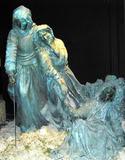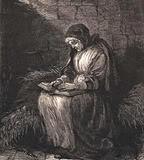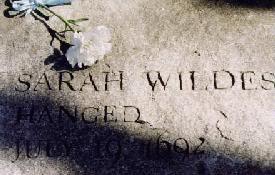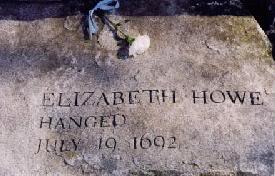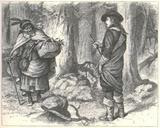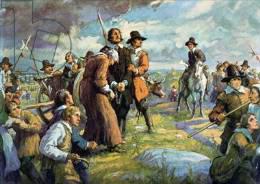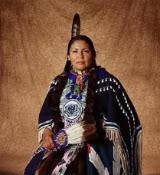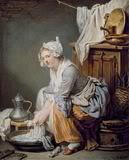Salem Witch Trials Image: The Towne Sisters This plaster statue depicts sisters Rebecca Towne Nurse, Mary Towne Easty, and Sarah Towne Cloyce wearing shackles. Nurse and Easty were hanged, but Cloyce was later released. The statue is located in the Salem Wax Museum of Witches and Seafarers. Rebecca Towne was baptized at Yarmouth, England, on February 21, 1621. She came to Salem, Massachusetts with her family in 1640. In about 1645, she married Francis Nurse, who was described as a tray maker. The making of trays and similar articles of domestic use was important employment in the remote countryside. In 1692, the “black cloud of the witchcraft delusion descended upon Salem Village.” Rebecca Nurse was a 71-year-old invalid who had…
